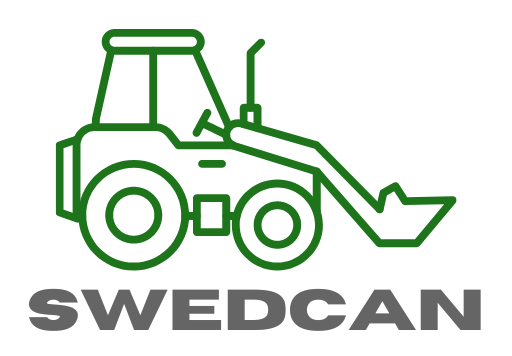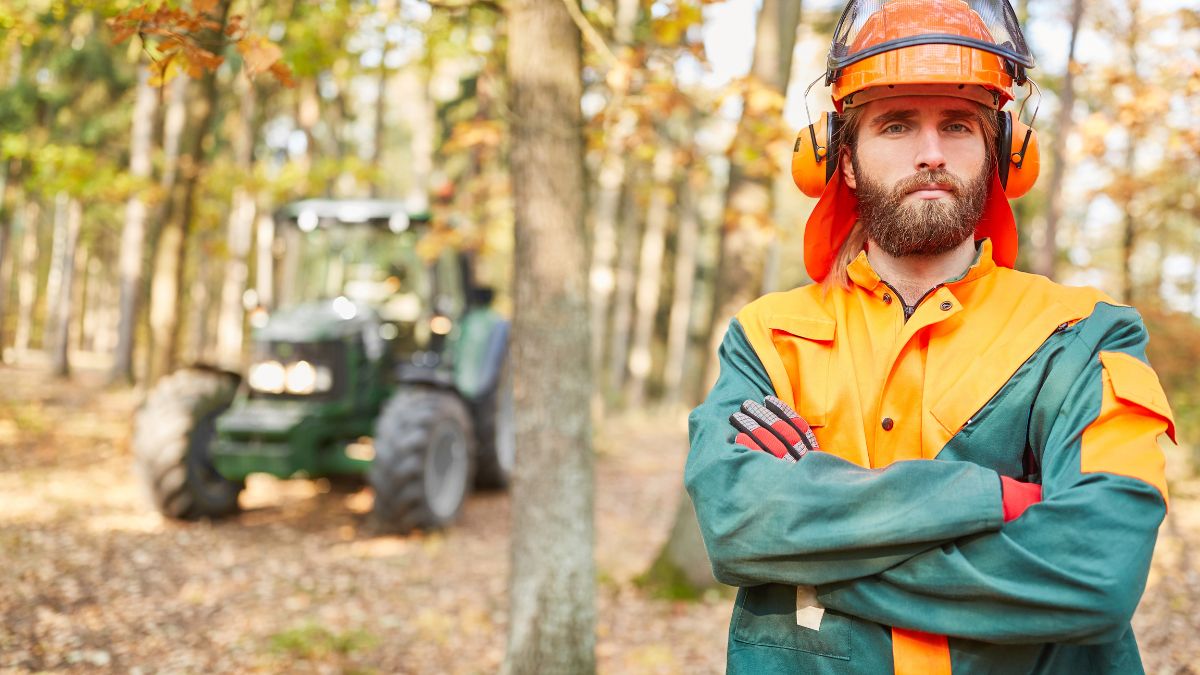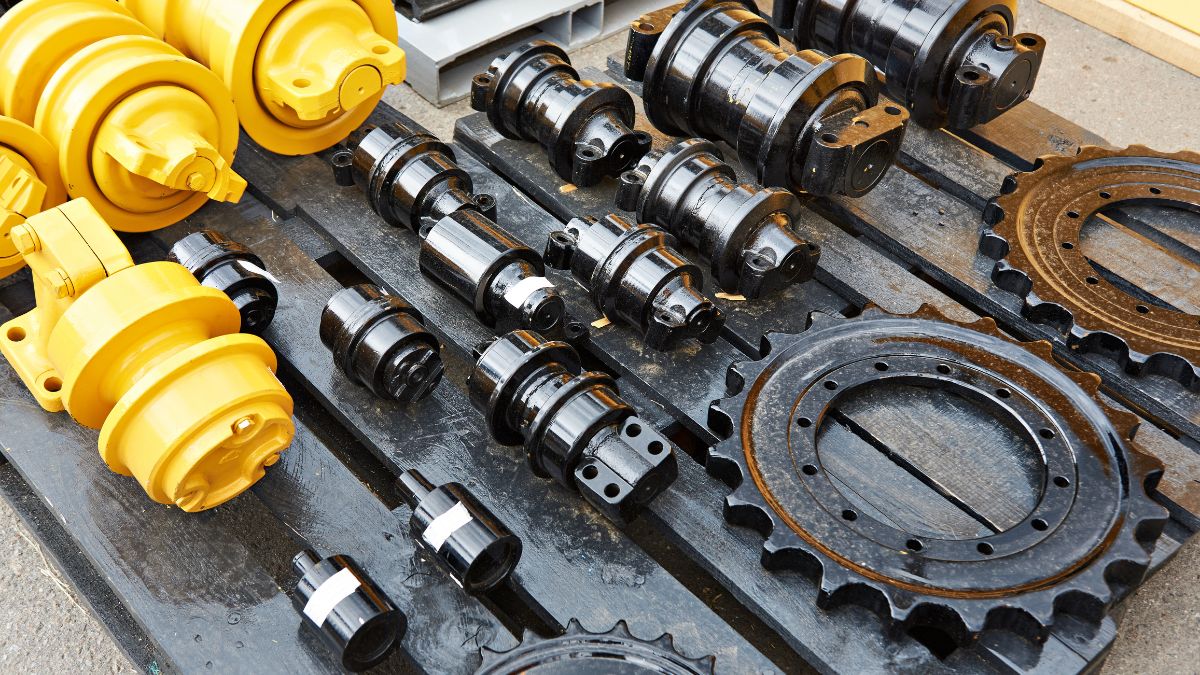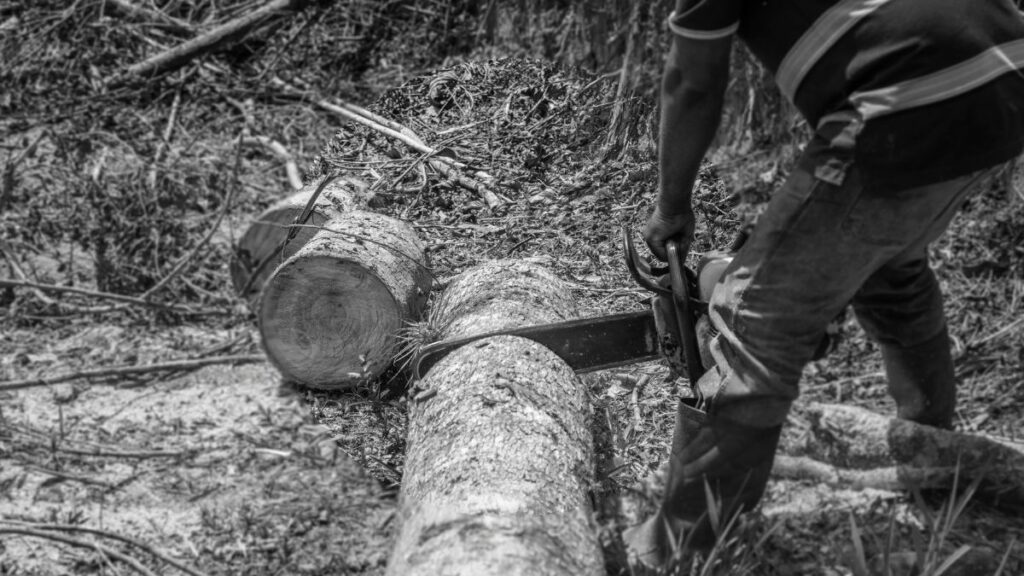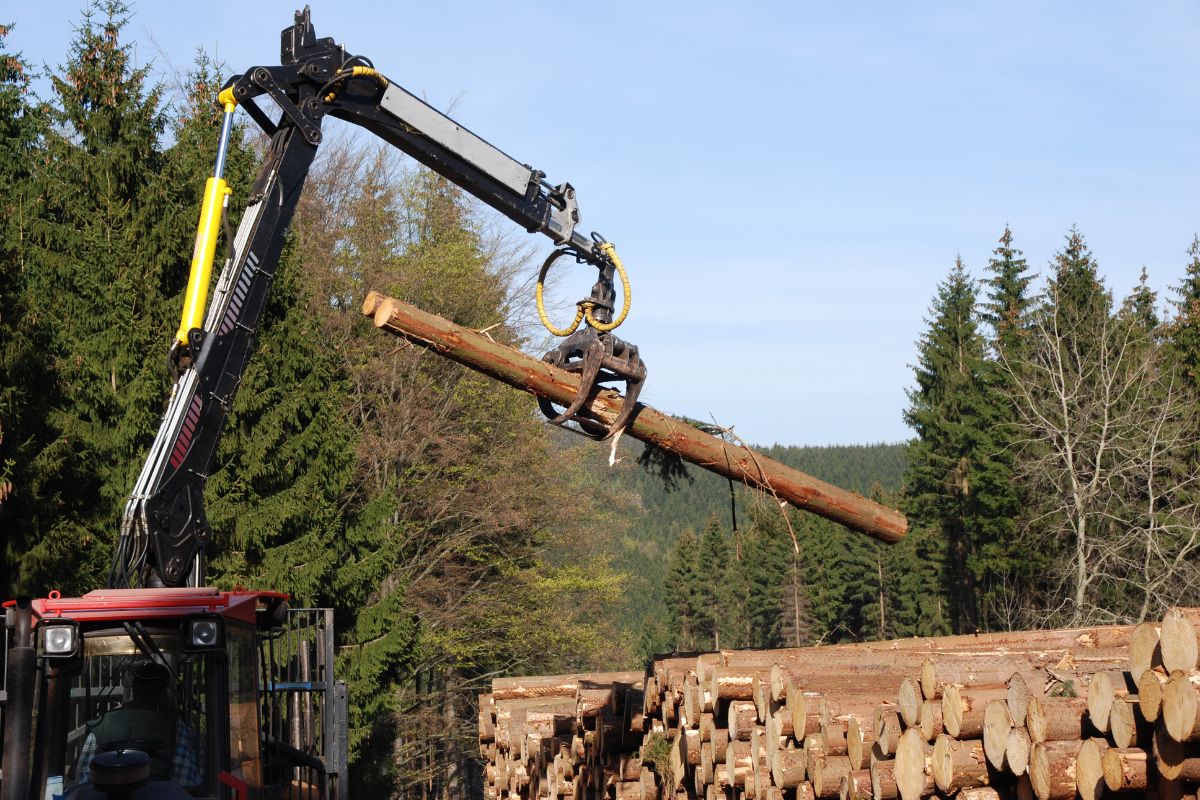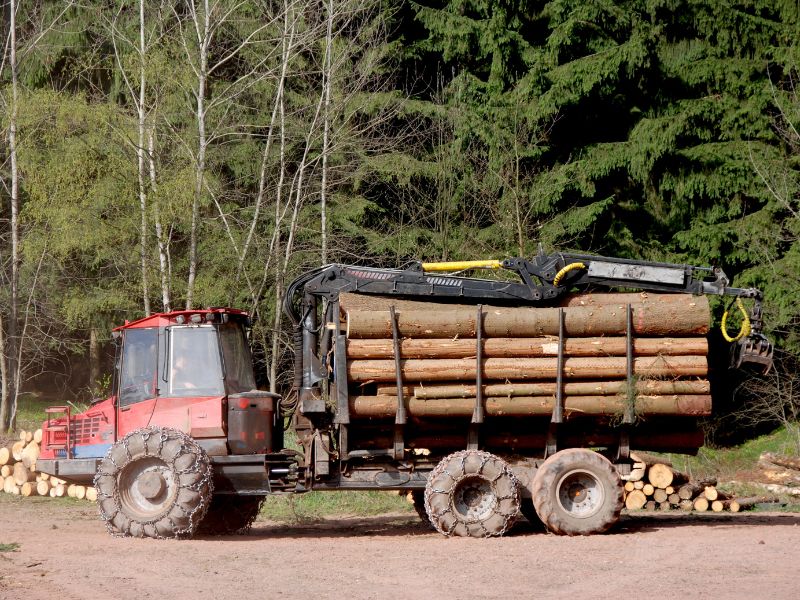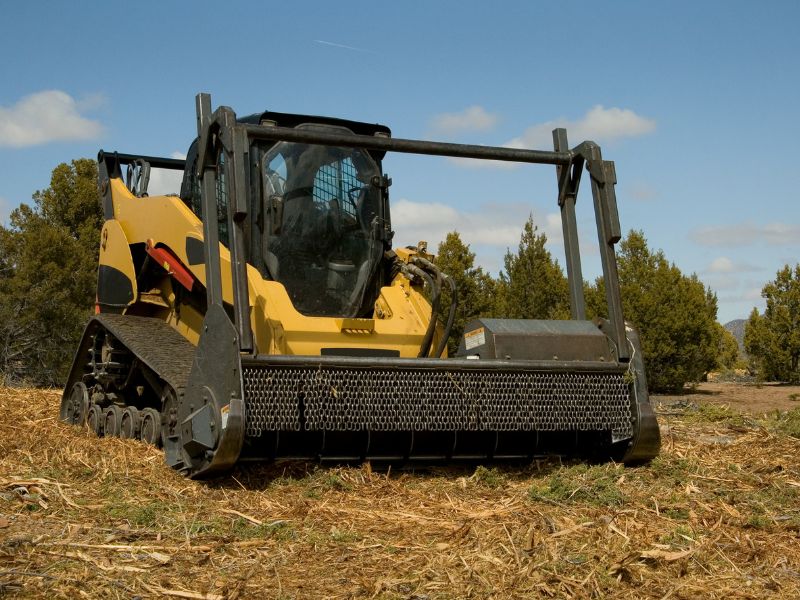History of the Australian Forestry Industry
Australia is a massive country continent with an understandably very complex forested landscape filled with varied and unique ecosystems. To put that into numbers, there are a total of 143 million hectares of Australian forests that cover around 17% of the overall land area of the country. That’s about 3% of the forest areas of the world combined and the 7th largest among countries worldwide.
To break down this forested landscape, these enormous forests are comprised of 132 million hectares of native forests, 1.95 million hectares belonging to commercial plantations, and 0.47 million hectares assigned to agro-forests and non-commercial planted forests. But despite these staggering numbers, Australia still imports about a third of its forest product needs, which translates to around $3.5 billion worth of something that it can actually produce itself. So, why?
How Did Australian Forestry Begin?
Forests are abundant with products, benefits, and values to people and the world, and forestry ensures that they are fostered sustainably and wisely. The development of Australian forestry has gone a long way from 1788 when the first settlement by Europeans has been documented. There’s much more to Australian forestry than just machinery and parts!
The state government retained authority over and responsibility for the forests under their jurisdiction in 1901 at a political federation. However, it has given up this power at Federation and from then, it has allowed the Commonwealth government to expand its influence over the entire forestry sector. This in turn has complicated what should have been a very straightforward history of Australian forestry.
Before the 1960s, not a lot of people were interested in forestry except those who worked in forest-based activities and industries. This mindset dragged on for quite a while until the wave of concern regarding environmental conservation began to form and people began taking interest in forestry and its management.
1960s Softwood Agreements
During this decade, Australia’s plantation estate has expanded significantly as a result of collective efforts between the Australian Government and State and Territory Governments. The Australian government agreed to the States’ strategies in establishing more plantations to counterbalance the anticipated shortages and find other markets for the unsaleable trees in order for the forests to be able to regenerate.
This resulted in a significant increase in the rate of plantation from the 1960s to the 1980s. As expected, this significantly contributed to the country’s timber and wood-product output.
1992 National Forest Policy Statement
During this year, the Australian government, together with five States and two Territories came to an agreement to the National Forest Policy Statement. Eventually, the Tasmanian government also agreed to the same, which secured the agreement of all of Australia’s State and Territory governments.
This statement “describes a process of consultation and cooperation designed to protect Australia’s natural and cultural heritage in the context of conservation and development initiatives.” Under this, the governments contribute their visions in managing the forestry of Australia. Some of these visions include increasing forested land, private forests’ management being in close coordination with public forests, and efficient, sustainable, and environmentally sensitive use of forests and their products, among others.
Plantations for Australia: Vision 2020
This was launched in 1997 by the then Australian Minister for Primary Industries and Energy. This was the result of the work that was commissioned by the Standing Committee on Forestry under the Ministerial Council on Forestry, Fisheries and Aquaculture.
This vision is a “strategic partnership between the Australian, State and Territory Governments and the plantation timber growing and processing industry” with a target of trebling the commercial tree crops area from 1.1 million hectares to 3 million hectares in a span between 1997 and 2020. This was forecasted to be achieved through planting an average of 40,000 hectares a year.
In 2009, there were around 2.02 million hectares of plantation in Australia or approximately half of the target. However, during the extreme heat of summer in 2019-2020, the vision seemed to have become one of the worst Australian government decisions to date. Exactly on December 20, 2019, a lightning storm sparked a bushfire that caused extensive damage and was made even worse by heat waves.
Australia’s Forest Types
Urban Forests
As the name suggests, they are forests that can be found within or near an urban area. These are developed in order to contain trees within the cities or municipalities. Urban forests not only improve the place’s liveability by providing some products but also mitigate the urban heat island effect, as well as provide ecosystem services and biodiversity that can improve people’s wellbeing. These are not normally managed by forestry organisations, but smaller local businesses. For example, if there was a need for tree removal in Queensland’s capital city, you would want to find a good Brisbane tree service company.
Native Forests
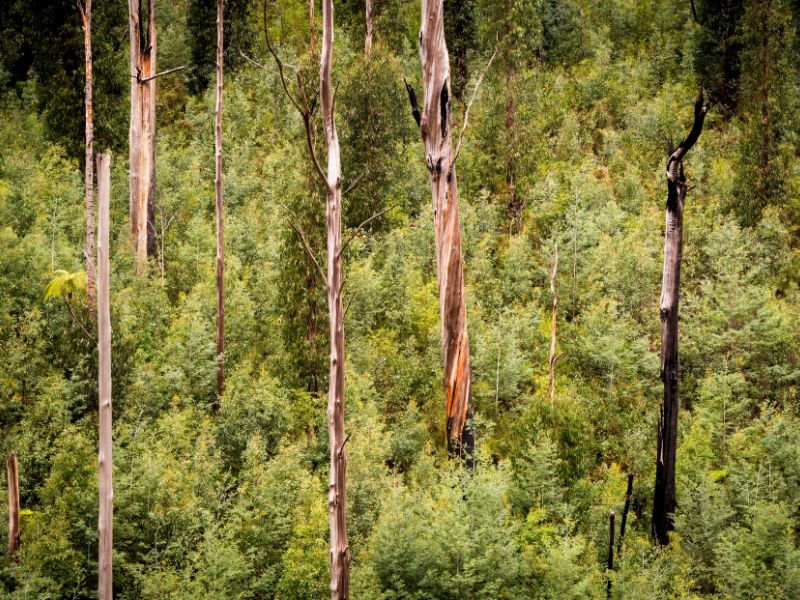
These are natural forests, the composition of which is determined by a lot of factors, including climate, geology, management regimes, and disturbance history, among others. These have evolved for thousands of years and become home to endemic species of plants and animals which make them very unique and highly biodiverse.
Agro-Forests
These types of forests are the intentional integration of trees and shrubs into private crops and animal farming systems to provide not only productivity but also biodiversity, mitigation of erosion, shelter, as well as other environmental and economic benefits to farming and forestry in general.
Plantations
There are areas everywhere with planted trees but were intended for another purpose besides forestry, most likely for timber production. However, even with that original intention, plantations still provide various benefits besides economic but also have positive effects on biodiversity, water, soil, carbon, and salinity.
